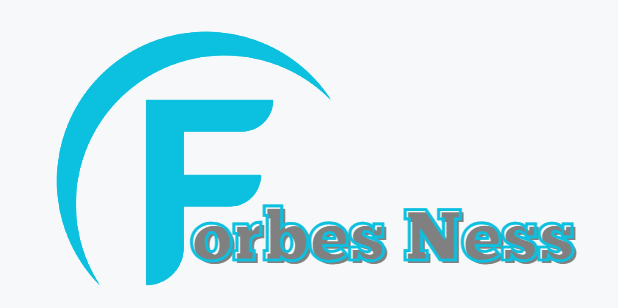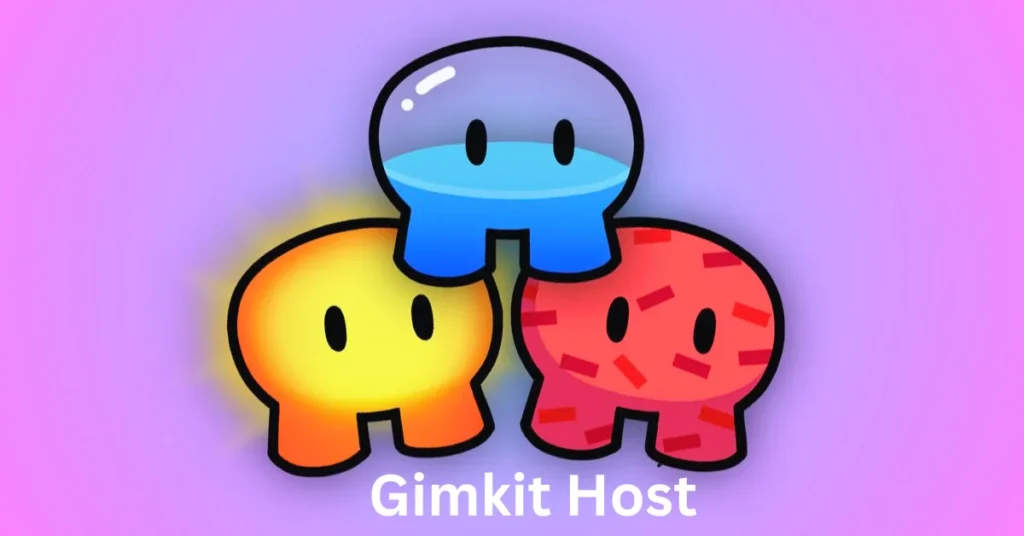Introduction to Gimkit Hosting
Gimkit has revolutionized interactive learning by combining education with gaming. As a Gimkit host, you have the unique opportunity to foster an engaging environment that encourages active participation. Whether you’re a teacher aiming to captivate your classroom or a group leader seeking an exciting way to learn, Gimkit hosting is your ultimate tool. This guide will take you through the essential steps and strategies to master hosting on Gimkit.
Understanding the Basics of Gimkit
Gimkit is an innovative platform where participants answer questions to earn virtual currency that can be used for power-ups, upgrades, and rewards. As a host, your role is to set up and manage the game. Let’s delve into the fundamental aspects of hosting a Gimkit game:
- What is a Gimkit Host?
A Gimkit host is someone who organizes and oversees the game, setting up quizzes, monitoring gameplay, and ensuring the learning objectives are met. Hosting can be done in person or remotely, making it flexible for different scenarios. - Key Features of Gimkit/Host Functionality
Hosting on Gimkit allows customization of game settings, such as setting time limits, toggling power-ups, or focusing on specific topics. Understanding these features will help you create tailored experiences for your audience.
How to Host Gimkit Games Effectively

1. Prepare Your Content
Before hosting a game, ensure your quiz content aligns with your audience’s knowledge level and objectives. Use Gimkit’s vast question bank or create custom questions for a more personalized experience. Preparation also involves familiarizing yourself with Gimkit’s features, including “Live Game,” “Assignments,” and “KitCollab.”
2. Set Up the Game Room
To start hosting a Gimkit game:
- Log in to your account and navigate to the Host Gimkit section.
- Select a quiz, adjust game settings, and generate a unique game code.
- Share the code with participants, ensuring a seamless joining process.
3. Engage Participants
Successful Gimkit hosting isn’t just about setting up a game; it’s about creating an engaging environment. Use the following tips to maximize engagement:
- Encourage teamwork by setting up team modes.
- Use power-ups strategically to keep participants excited.
- Regularly interact with players, offering hints or celebrating achievements.
4. Monitor Progress
As a host, monitor the game in real time to ensure it runs smoothly. Use the dashboard to track scores, identify challenges, and make adjustments as needed. This proactive approach enhances the experience for all participants.
Strategies for Effective Gimkit Hosting
1. Create a Dynamic Learning Environment
Gimkit hosting should cater to diverse learning styles. Use multimedia questions, mix difficulty levels, and incorporate themes to make the experience enjoyable and educational.
2. Incorporate Feedback Loops
Encourage players to provide feedback after the game. Use their suggestions to refine future hosting sessions, improving both the gameplay and the learning outcomes.
3. Leverage Gimkit’s Unique Features
Explore features like “Trust No One” (Gimkit’s take on Among Us) or “Fishtopia” to add variety to your hosting repertoire. Each mode offers a unique twist that keeps participants engaged.
4. Promote Collaboration
Foster a sense of community by encouraging collaboration. Team modes are perfect for this, allowing players to work together while still fostering a healthy sense of competition.
Common Challenges in Gimkit Host (and Solutions)

1. Technical Issues
Problems like slow internet or device compatibility can disrupt the flow of the game. Ensure you test the setup beforehand and provide alternative solutions for participants with technical difficulties.
2. Maintaining Engagement
Some players may lose interest if the game pace is too slow or the questions are too difficult. Adjust settings in real-time to maintain an optimal level of challenge and excitement.
3. Balancing Competition and Learning
While Gimkit’s competitive nature is a major draw, it’s crucial to ensure that learning remains the priority. Balance the use of power-ups and incentives to prevent excessive focus on winning.
Advanced Tips for Mastering Gimkit Host
1. Customize Themes and Topics
Tailor the game to specific themes or curriculum goals to maximize relevance and impact. A history teacher, for instance, could create a quiz about historical events, complete with thematic backgrounds and sound effects.
2. Use Analytics
After each game, review the analytics provided by Gimkit. These insights can help you identify which questions were too easy or difficult and adjust future games accordingly.
3. Experiment with Game Modes
Don’t limit yourself to the default Gimkit/host mode. Experiment with other game types to discover what resonates most with your audience.
4. Encourage Peer Learning
Incorporate KitCollab, a feature where participants contribute their own questions, fostering a sense of ownership and deepening their learning experience.
The Impact of a Great Gimkit Host
A skilled Gimkit host can transform passive learning into an active, immersive experience. By combining educational content with gamification, you can improve retention rates, enhance critical thinking, and foster collaboration. Hosting Gimkit games effectively can also inspire participants to explore new ways of learning.
Conclusion
Becoming a proficient Gimkit host involves more than technical know-how; it requires creativity, adaptability, and a genuine passion for engaging learners. By mastering the tips and strategies outlined in this guide, you can create unforgettable Gimkit hosting experiences that leave a lasting impact on your audience. Start exploring Gimkit’s potential today, and revolutionize the way you teach, train, or engage!
FAQs on Gimkit Host
1. How do I start hosting a Gimkit game?
To host a Gimkit game, log in to your account, select or create a kit, choose a game mode, and click Host Gimkit. Share the game code with participants to begin.
2. Can I create my questions for Gimkit?
Yes, you can create custom questions by building your kit. You can also enable KitCollab to let participants add their questions, making the game more interactive.
3. What are the best game modes for Gimkit host?
Popular modes include Classic for individual play, Teams for collaboration, and Fishtopia for exploration-based learning. Choose a mode that aligns with your goals.
4. Is Gimkit hosting free?
Gimkit offers both free and paid plans. While the free version allows basic hosting, a subscription unlocks advanced features like unlimited kits and premium game modes.
5. How can I keep participants engaged during a Gimkit game?
To maintain engagement, personalize your kit, adjust difficulty settings, use team modes, and encourage players with rewards or shout-outs during the game.







